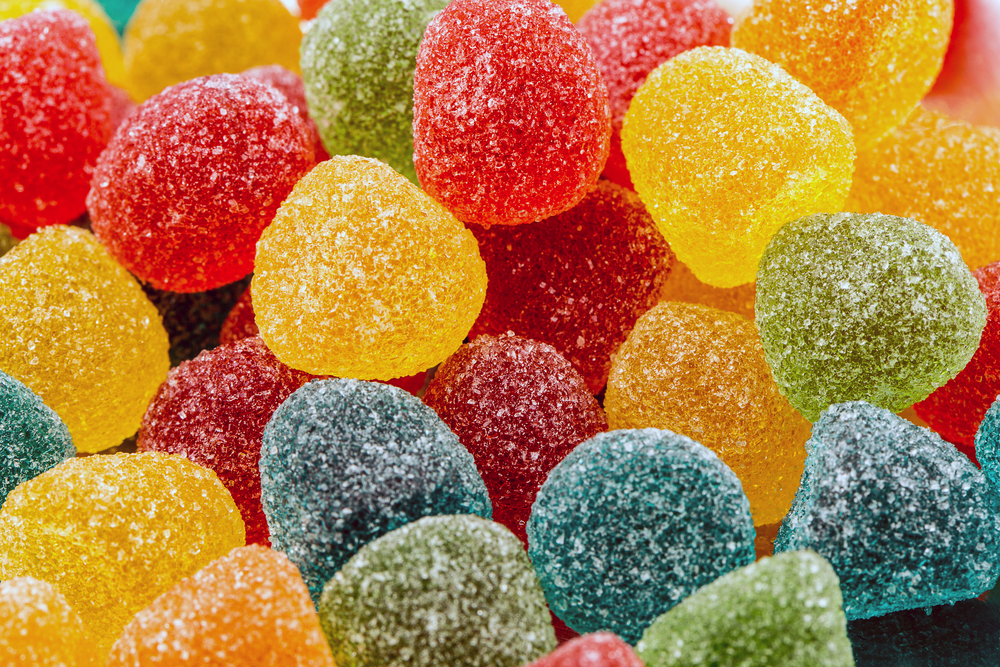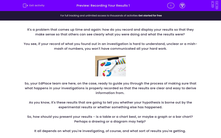It's a problem that comes up time and again: how do you record and display your results so that they make sense so that others can see clearly what you were doing and what the results were?
You see, if your record of what you found out in an investigation is hard to understand, unclear or a mish-mash of numbers, you won't have communicated all your hard work.

So, your EdPlace team are here, on the case, ready to guide you through the process of making sure that what happens in your investigations is properly recorded so that the results are clear and easy to derive information from.
As you know, it's these results that are going to tell you whether your hypothesis is borne out by the experimental results or whether something else has happened.
So, how should you present your results - is a table or a chart best, or maybe a graph or a bar chart? Perhaps a drawing or a diagram may help?
It all depends on what you're investigating, of course, and what sort of results you're getting.
Let's join Mrs. Bates's science class who have been tasting sweets.
Their hypothesis is that you need to see the colour of the sweet to be able to tell what flavour it is.
According to the manufacturer of Fruity Chews:
GREEN SWEET = Lime flavour
YELLOW SWEET = Lemon flavour
PINK SWEET = Strawberry flavour
PURPLE SWEET = Blackcurrant flavour
ORANGE SWEET = err.... Orange flavour!

So, the taster is blindfolded, given a sweet, and they have to say what flavour they think it is, which the recorder writes down.
Let's see how things are progressing....








